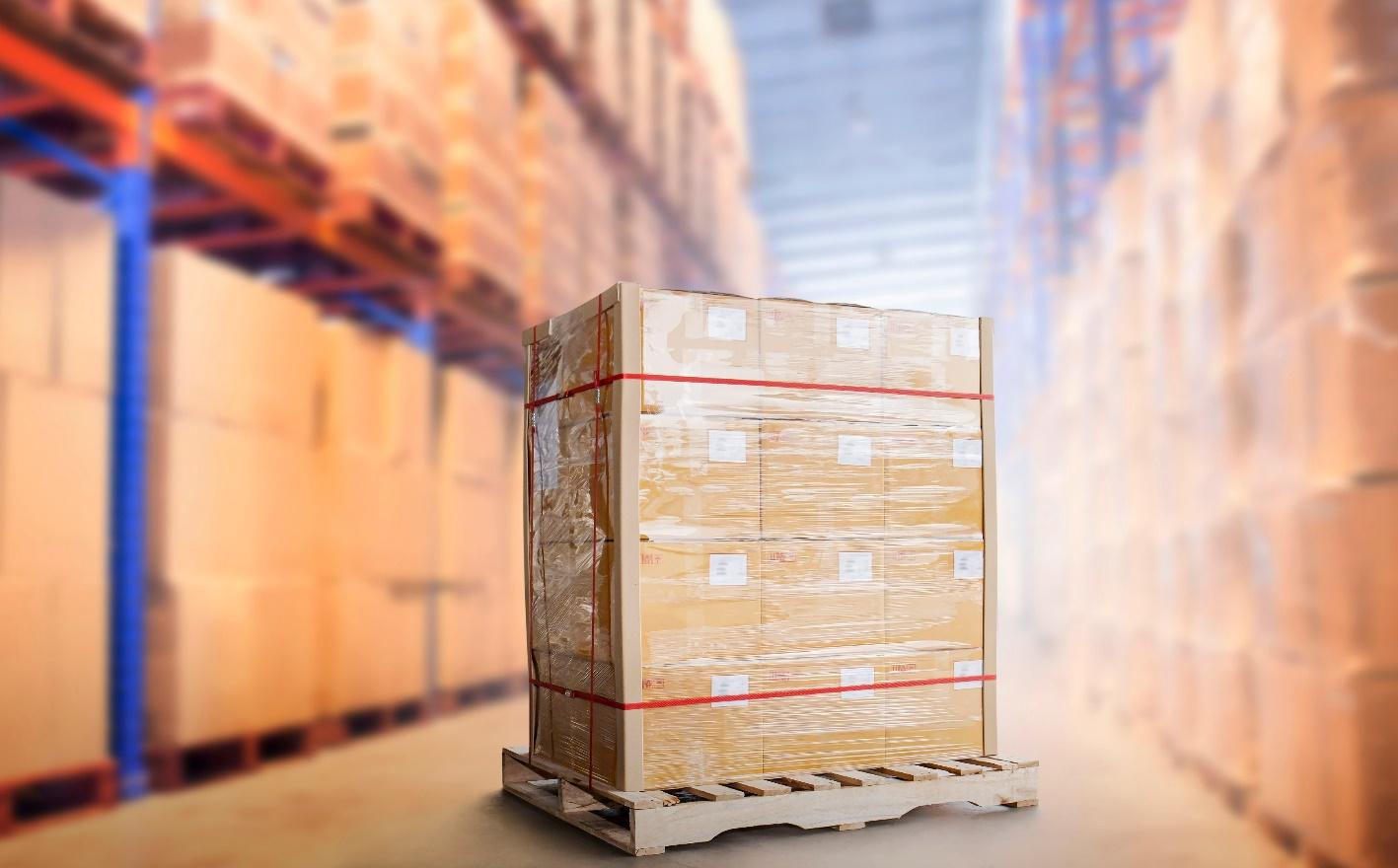A Guide To Packaging Products And Their Uses
Global e-commerce has grown by leaps and bounds in the last few years. Along with this growth, the demand for retail packaging supplies and packaging solutions has also soared. If you’re a local or international supplier, the growing market presents new opportunities for growth. As more businesses move their operations online, investing in packaging solutions is essential.
The growth will create a demand for local suppliers who can provide high-quality, affordable packaging products and food packaging supplies. After all, businesses will need packaging to protect their products during shipping. Australian cities with large e-commerce markets, like Melbourne, will likely see an increase in demand for packaging supplies.
By 2029, the worldwide market for e-commerce packaging is expected to be worth more than AUD$90 billion. And that’s a lot of money, by anyone’s standards. When you think about it, packaging is one of the most effective marketing opportunities. Every time you ship a product, you’re making a statement about your brand. Your packaging can be a way to show your customers you care about them and that you’re committed to providing a great experience.
Picking the right packaging material

So, what type of packaging material is best for products? Well, it depends. For lightweight products, manufacturers typically go with plastic and paper. Heavier and more durable products, on the other hand, get packed using sturdier materials.
Choosing the most suitable packaging materials and packaging supplies boils down to several factors, like:
- Cost: The cost of packaging can vary depending on the materials, design, and production method.
- Sustainability: The packaging should be made from sustainable materials and be recyclable or compostable.
- Stylistic choices: The packaging should be visually appealing and consistent with the brand identity.
- Shipping conditions: The packaging should withstand the rigours of shipping and handling.
- Shelf stability: The packaging should protect the product from damage and spoilage.
- Regulations: The packaging must comply with all applicable regulations.
- End user: The packaging should be easy for the end user to open and use.
Getting your product to the hands of the end user involves many processes, and your packaging plays a pivotal role in the entire operation.
Packaging products and their uses
There are many different types of packaging products and supplies available, each with its own ideal uses.
Here are some of them:
- Boxes

Boxes are ideal for packaging a wide range of items due to their strength and versatility. They’re used in almost every industry, including electronics, furniture, food, and e-commerce.
Boxes have two types:
Corrugated boxes: Also known as shipping boxes, corrugated boxes are robust and ideal for shipping heavier or fragile items over long distances. They’re made up of three layers of paper, giving the boxes strength and rigidity.
Corrugated boxes are widely used in industries like:
- e-commerce industry for shipping goods directly to consumers.
- transporting bulk items, including fresh produce, electronics, and other heavy goods.
- retail industry to ship products from manufacturers to stores.
Cardboard boxes: A cardboard box is made from thick paper pulp or heavy paper-stock. However, in everyday language, the term is often used interchangeably with “corrugated box,” albeit erroneously.
The paper-stock boxes, often called chipboard boxes, are lighter than corrugated boxes and typically aren’t as strong. This makes them better suited for lighter products and when the box isn’t expected to experience much wear and tear.
Cardboard boxes are commonly used in various types of packaging supplies, such as:
- Store packaging supplies: Their versatility makes them popular for storing and stacking supplies efficiently.
- Packaging supplies for food: They’re an eco-friendly solution for packaging and transporting various food items, like pizza.
- Retail packaging supplies: They make all sorts of goods look attractive and stay safe. Plus, the boxes double up as a canvas for logos and product info, making them a hit on store shelves.
Every box type shines in its own way, and it’s all about picking the right fit for the job. So, when businesses decide which box to use, they think about what they’re packaging, how it’s getting to where it’s going, and how their customers would feel when they’re opening it up.
- Bubble wrap
 Bubble wrap is a sheet of plastic filled with small air bubbles, providing excellent cushioning for delicate items. Great for wrapping everything from electronics to glassware, bubble wrap helps to keep products safe and sound during their journey, reducing the risk of damage.
Bubble wrap is a sheet of plastic filled with small air bubbles, providing excellent cushioning for delicate items. Great for wrapping everything from electronics to glassware, bubble wrap helps to keep products safe and sound during their journey, reducing the risk of damage.It’s also lightweight, which is a nice bonus when you’re managing shipping and cargo costs. So, whether it’s about sending antique vases or making sure a customer’s new smartphone arrives in one piece, bubble wrap has you covered.
These packaging materials are widely used in the e-commerce industry. In fact, the global bubble wrap market is expected to be worth more than AUD$16 billion in 2023.
- Packaging tape
Packaging tape secures boxes and ensures their integrity during transit. It’s the unsung hero of shipping supplies, quietly doing its job to keep everything in place. This packaging product is available in acrylic, hot melt, and natural rubber tape, each with its own unique adhesive strength and durability.Packaging tape acts as a reliable seal, providing that extra layer of protection to keep your packages secure. No need to worry about tampering or contents spilling out because this trusty tape has got your back. It’s a dependable companion that ensures your shipment stay intact every step of the way.
- Air pillows and packing peanuts
Air pillows are inflatable packaging materials that provide cushioning and support to fragile items. Usually made of plastic, air pillows are filled with air to create a cushioning effect. They offer excellent protection while minimising shipping costs.Packing peanuts, on the other hand, are made from expanded polystyrene foam (EPS), a lightweight, non-toxic material. They’re a popular choice for shipping fragile objects because they’re effective, inexpensive, and easy to use. What’s more, they’re also recyclable, making them environmentally friendly. Packing peanuts are available in a variety of shapes and sizes.
These two packaging products are useful for filling empty spaces in packages, preventing movement and reducing the risk of breakage.
- Padded envelopes
Padded envelopes, or cushioned mailers, are used for shipping small, lightweight items. They’re lined with cushioning material such as thick paper, bubble wrap, or foam. These materials provide a protective layer around the contents.Padded envelopes are ideal for mailing documents, photographs, DVDs, jewellery, and other flat objects. They’re lightweight, cost-effective, and easy to handle. With the increasing popularity of online shopping, the demand for padded envelopes is on the rise.
- Stretch wrap

Also known as stretch film, stretch wrap is a versatile packaging material used to secure and stabilise pallets, crates, or bundles of items. It offers exceptional load retention and protects goods from dust, moisture, and damage during transportation. Stretch wrap is available in different widths and thicknesses to accommodate various load sizes.
Conclusion
The global e-commerce industry is growing exponentially, resulting in an increasing demand for packaging solutions. This growth presents exciting opportunities for both local and international suppliers. As businesses continue to shift their operations online, investing in packaging solutions is a great idea.
Choosing the right packaging material depends on factors such as cost, sustainability, stylistic choices, shipping conditions, shelf stability, regulations, and end-user convenience. From boxes to bubble wrap, packaging tape to air pillows, each product serves a specific purpose in ensuring the safe and secure delivery of goods.




 Bubble wrap is a sheet of plastic filled with small air bubbles, providing excellent cushioning for delicate items. Great for wrapping everything from electronics to glassware, bubble wrap helps to keep products safe and sound during their journey, reducing the risk of damage.
Bubble wrap is a sheet of plastic filled with small air bubbles, providing excellent cushioning for delicate items. Great for wrapping everything from electronics to glassware, bubble wrap helps to keep products safe and sound during their journey, reducing the risk of damage.